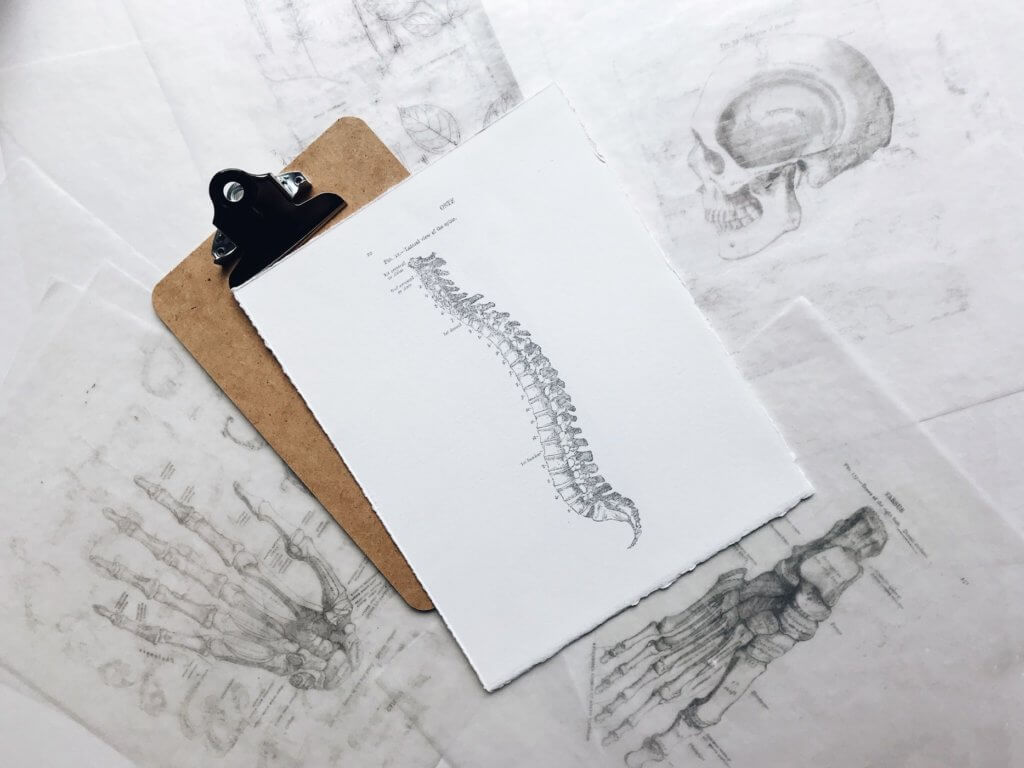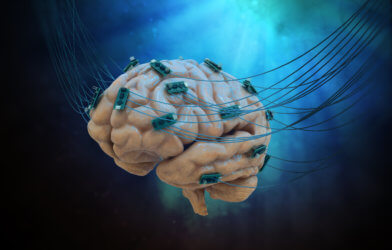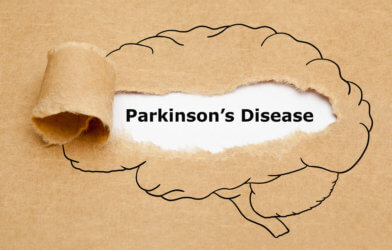When it comes to patients who suffer from chronic pain, invasive surgery as an answer can seem like an undesirable option. Though there are currently options to treat chronic back pain with implanted stimulation devices, they are either bulky and require invasive measures for implantation, or are minimally invasive but have less-than-desirable side effects.
Dr. Christopher Proctor set out to combine the benefits of these two treatment options and leave the flaws behind. Together with other members of the Department of Engineering at the University of Cambridge, they combined strategies across the semiconductor industry, drug delivery, and soft robotics sector.
Thanks to the flexibility, microfluidic channels, and shape-changing materials, the result was an ultra-thin device which can be rolled up and placed inside a needle to then be inserted into the patient’s spinal cord. The device can then be inflated with water or air to cover a specific area of the spine. Finally, the device can deliver electrical currents through the spinal cord that disrupt the pain causing signals and offer the patient much-needed relief.
They’ve made a few modifications to the device including making it visible on x-ray so that surgeons can ensure proper placement after implantation. Additionally, Proctor says that the manufacturing method of the device makes it customizable for patient’s needs. More electrodes or larger sizes can allow for the application of treatment for much more than just back pain, including paralysis, Parkinson’s, or stroke.
The device has currently been tested on cadavers with results published in Science Advances. Researchers now seek to partner with manufacturers to bring it to market in the next two to three years.













Comments